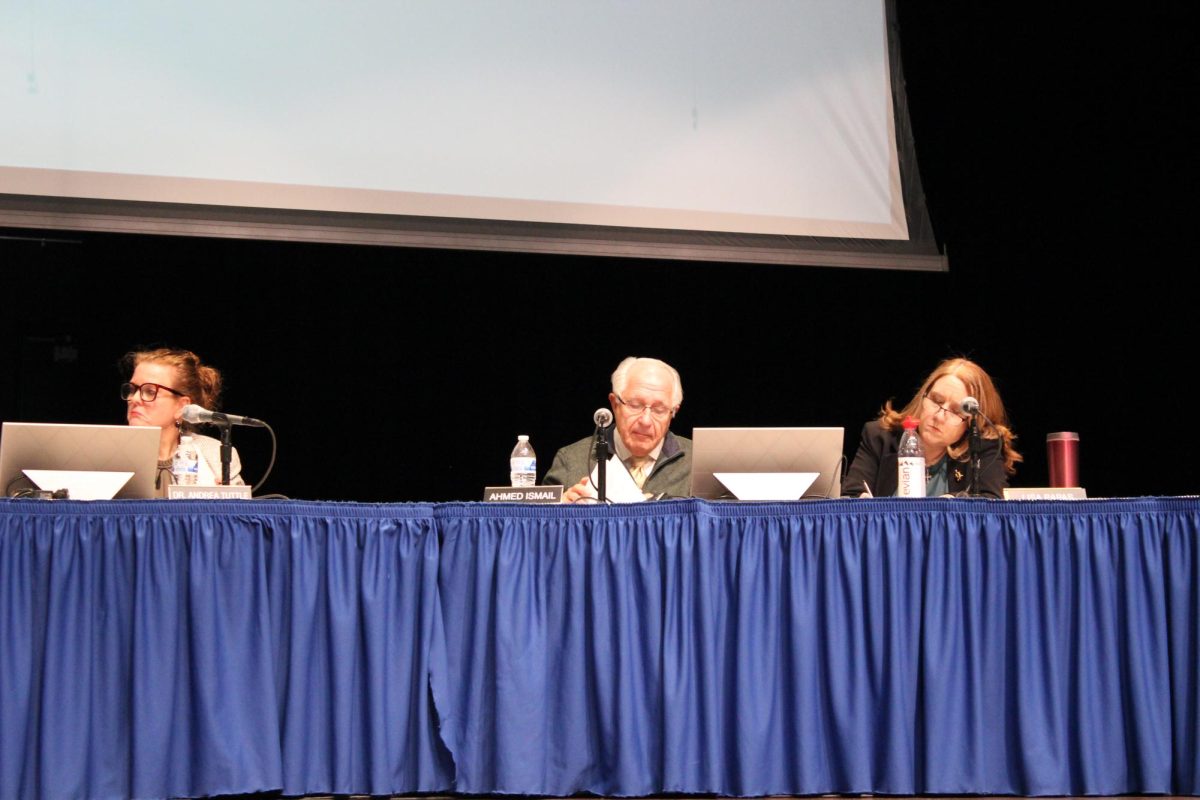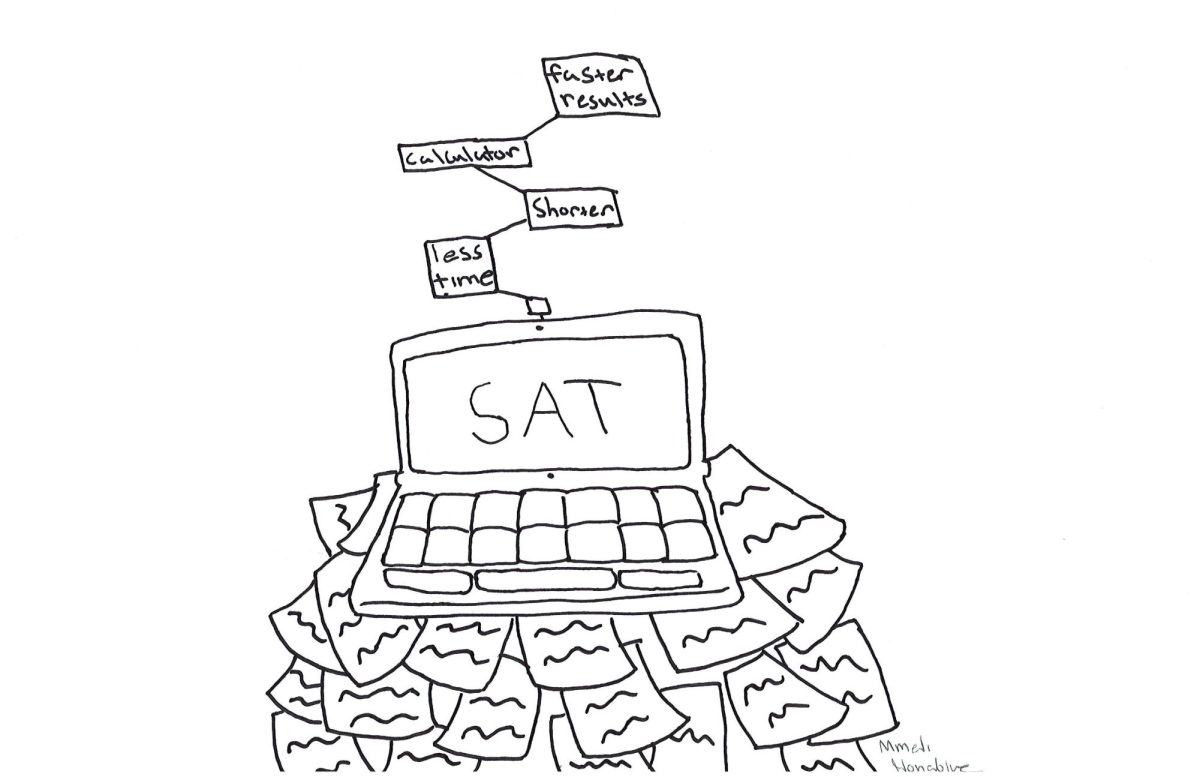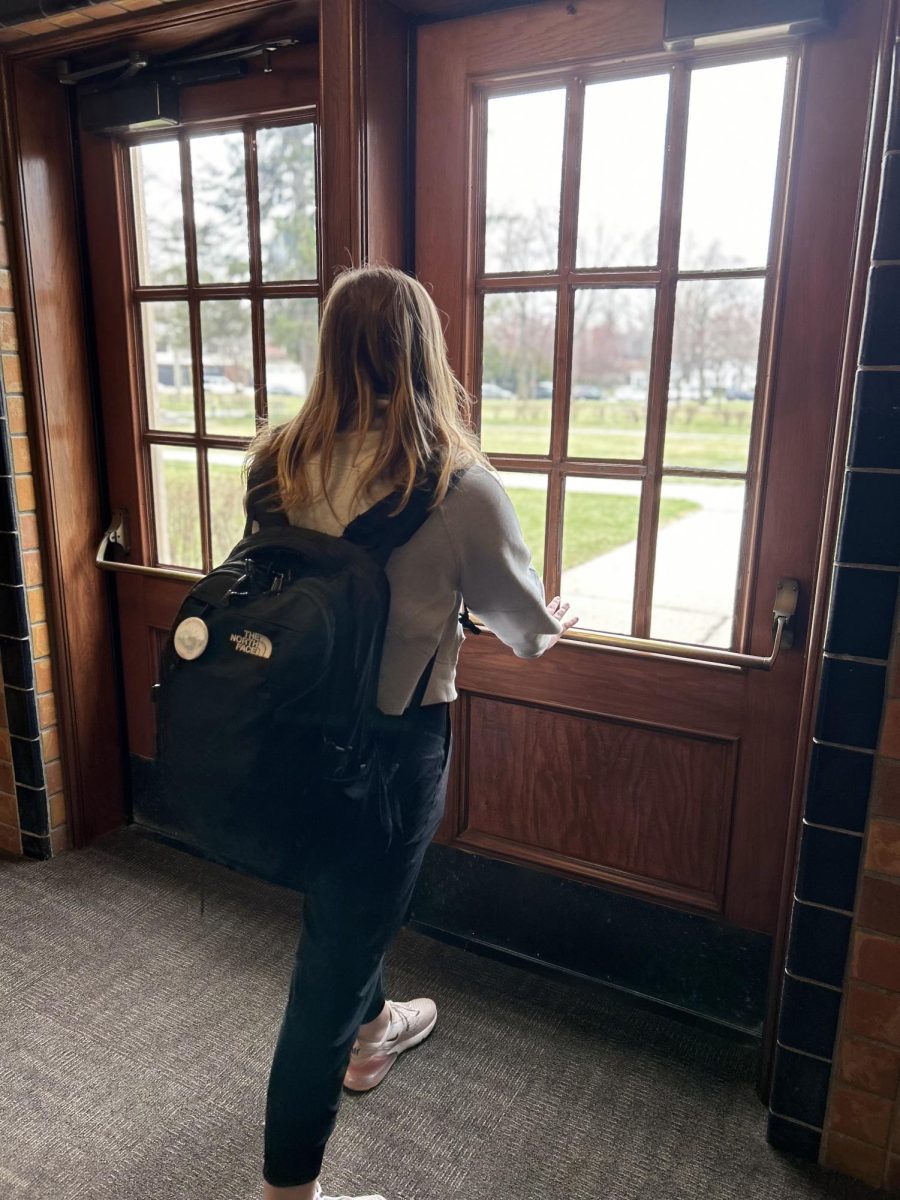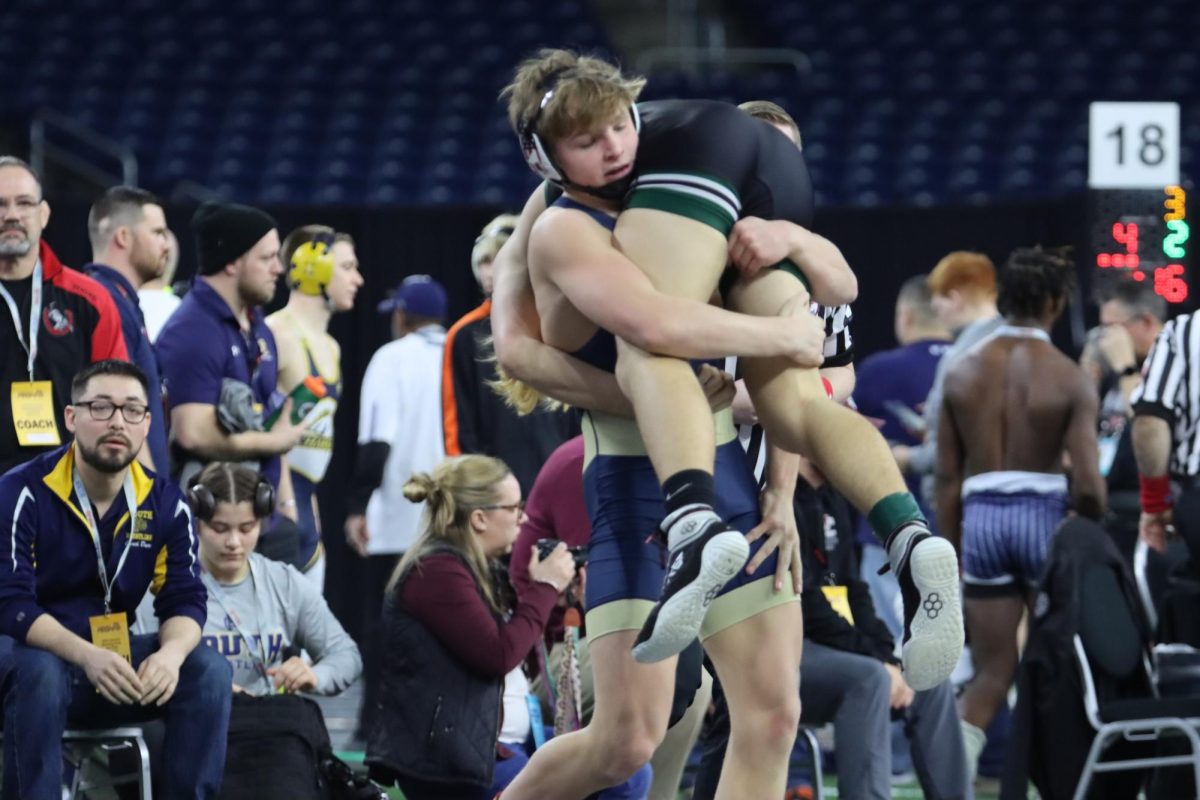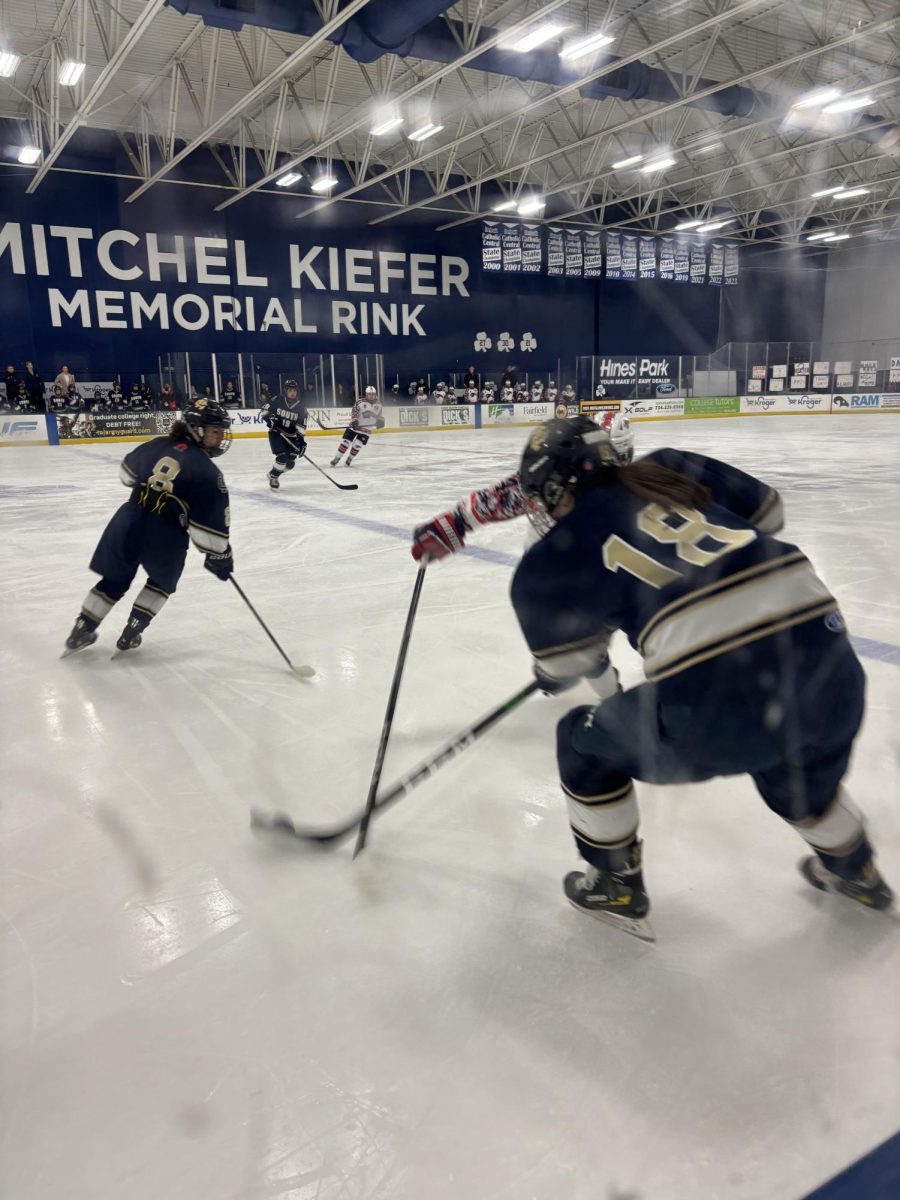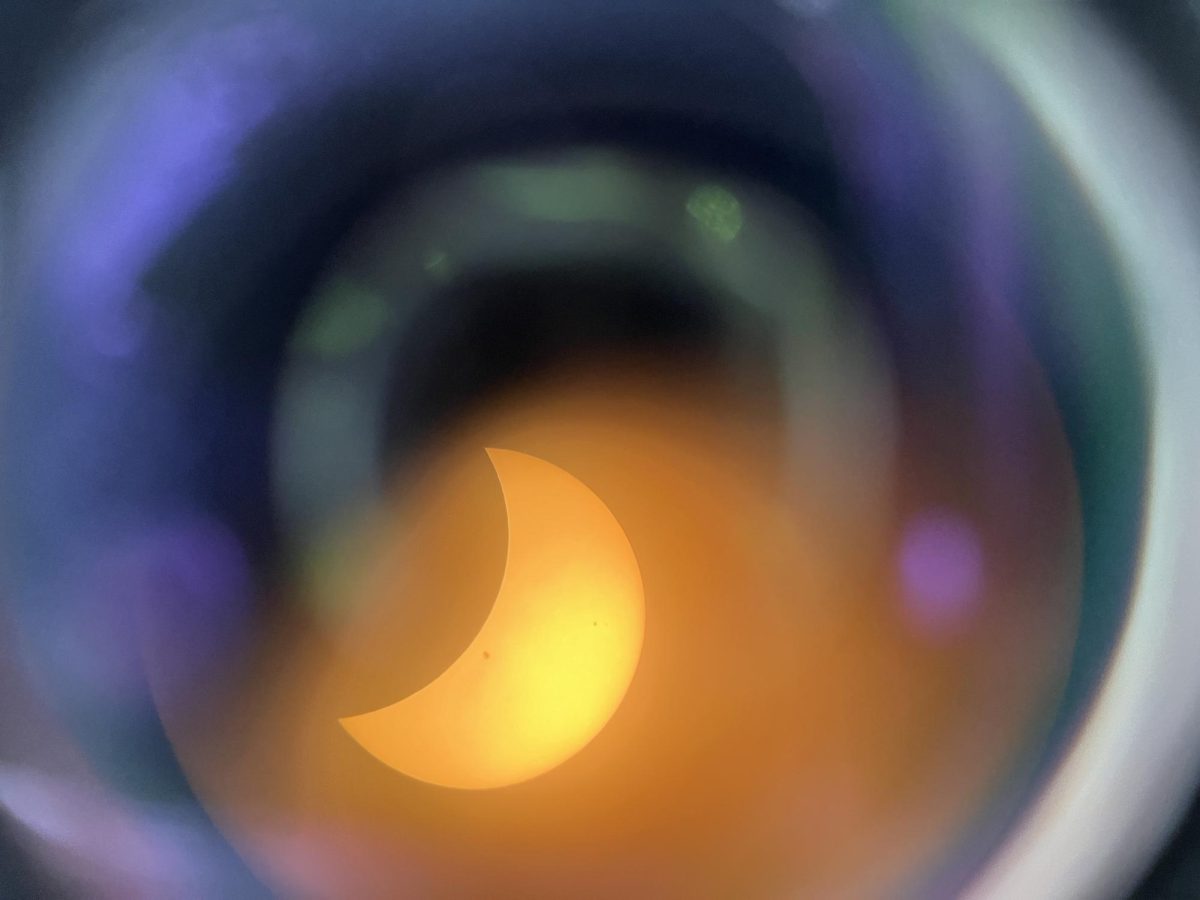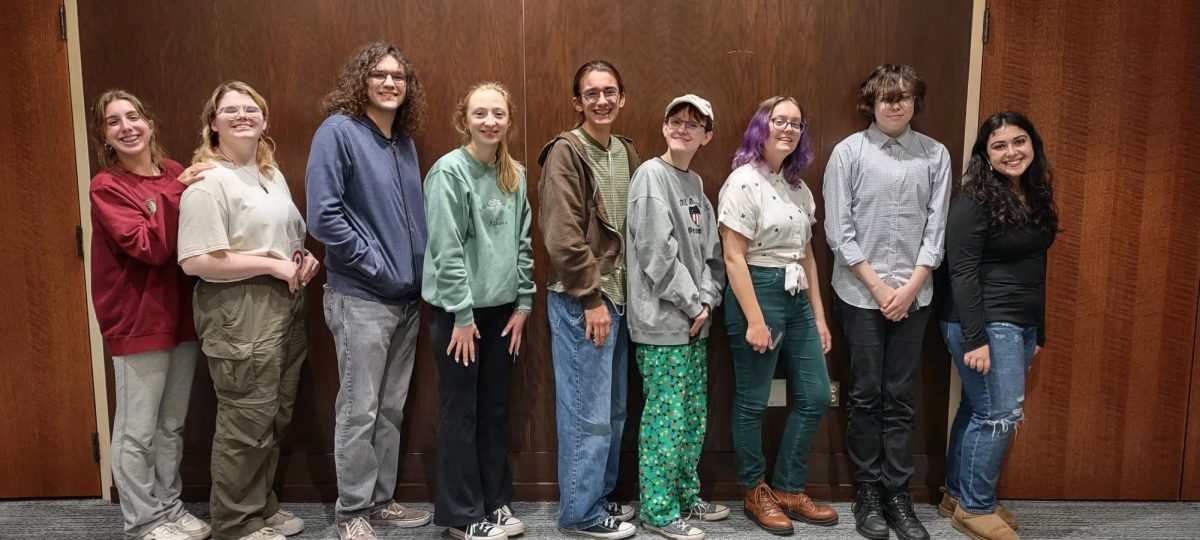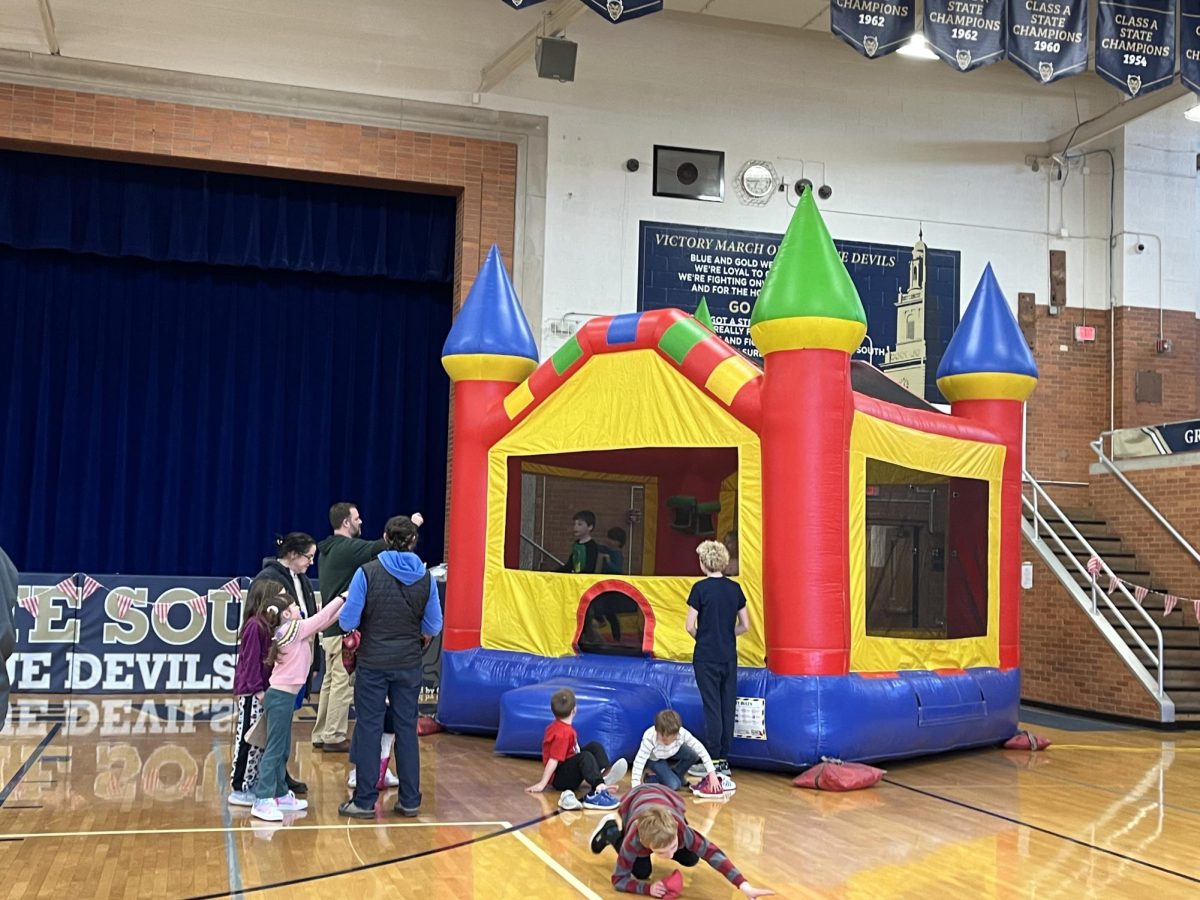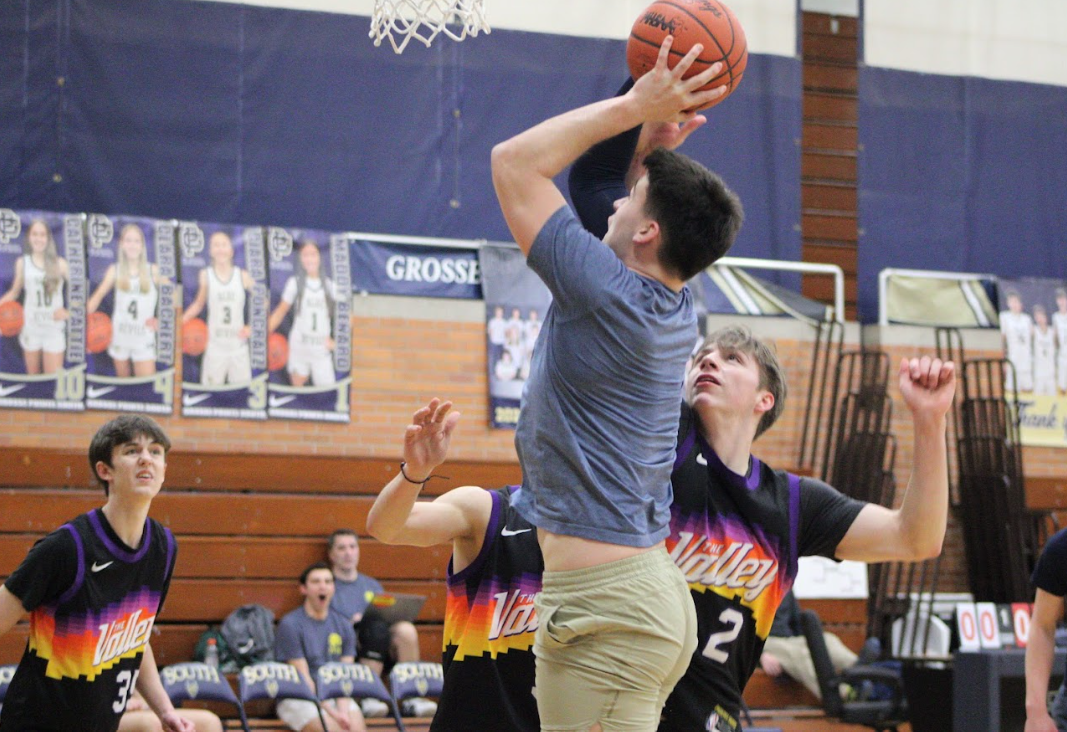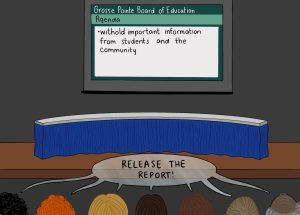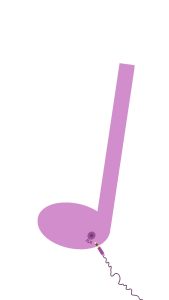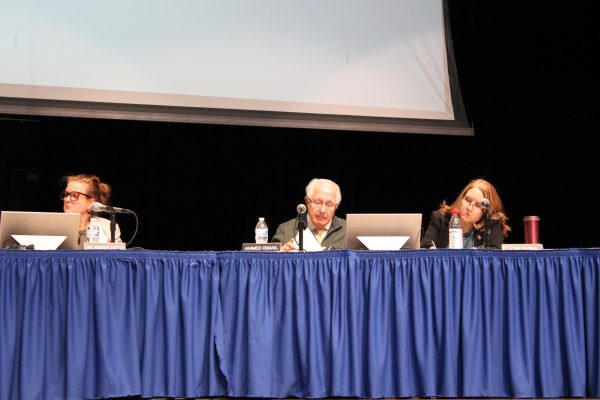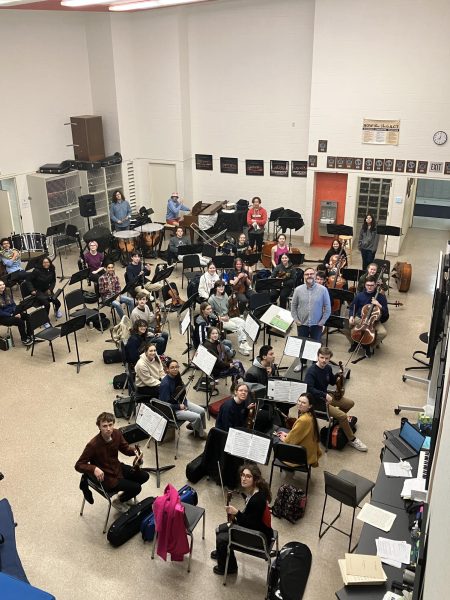The Larger Purpose of the School Attendance Policy
May 14, 2018
Ninety-five percent. This was the attendance rate here at South over the course of the 2016-2017 school year, up over one percent from the statewide average, according to the Michigan School databases.
Grosse Pointe South assistant principal Cindy Parravano said she thinks the current attendance policy was developed with three main points in mind: maintaining instructional days (a certain percentage of students must be in attendance on a given day to be considered an instructional day), state funding and helping students reach their academic potential.
“It is not difficult to make way through doing class work, but when it comes time to taking tests and quizzes and your final exam– if you’ve missed a lot of academic content– it’s likely that you aren’t going to be successful in class,” Parravano said.
In the student handbook, the attendance policy breaks down non-exempt absences into excused and unexcused. Students are capped at 10 non-exempt absences per class, per semester, and must not exceed three unexcused absences per class, per semester. Students who go over this cap run the risk of losing credit for the class.
“It’s not that we’re trying to punish a student. We’re trying to make it so that it is just better to be in class and get the content,” Parravano said. “What ends up happening is [missing class] puts you further behind for graduation. We’d like to avoid that in the first place.”
But, there are also several acceptable, exempt absences. The student handbook says these include medical appointments, school-related absences, court appearances and several other scenarios that may cause a student to miss school.
“Some [students] aren’t even aware of the policy,” Parravano said. “Medical absences don’t count against the students cap ten. We can look at their absences and they say, ‘Oh I was at the doctor’s office.’ Okay, well bring me in that note so we can get that data point changed.”
Attendance clerk, Peggy Murphy said that the punishments given for unexcused absences help encourage good attendance. The punishment for one unexcused absence is a half hour detention. At two, the student receives a one hour detention. At three, a three hour saturday school detention is arranged. Any subsequent absences are grounds for losing credit in the class.
‘I think students do not want detention, to stay after school or have Saturday school so i think it has a good effect on most kids,” Murphy said.
Parravano said the overall goal of the attendance policy is not to drop students from classes. The student often will often talk with an administrator to develop a plan on how they can improve their attendance in the future.
If this fails, Parravano said the student is put on a contract, where they are given the responsibility to attend class. If the contract is broken, then there is often no choice but to issue an “attendance R,” effectively dropping the student from the class and reducing their schedule.
“Teachers want students to be in their class. What they are teaching is important. Their content is important. Their scores are important, and they want students to reach their ultimate academic potential,” Parravano said.





